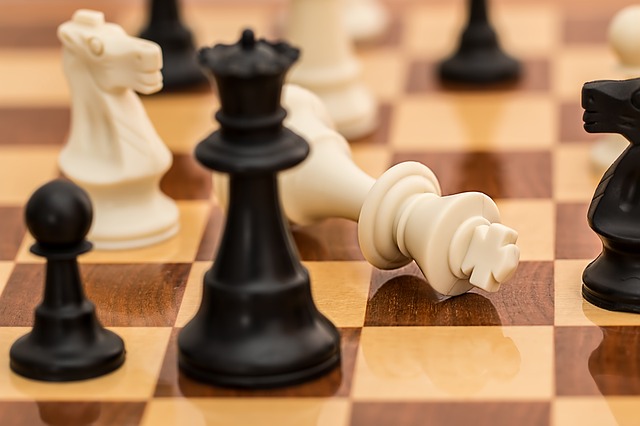What to expect
Mechanics is the study of the interactions between physical bodies and their consequent motion.
After studying this topic, you should be able to:
- Define the quantities used to describe motion (displacement, velocity, acceleration).
- Derive a set of equations that give the relationship between the displacement, velocity, acceleration and time when the acceleration is constant.
- Solve problems involving constant acceleration in 1 and 2-dimensions.
- Understand the effects of forces .
- Relate unbalanced forces to motion.
- Consider energy and the capabilities that this gives to bodies.
- Define power and efficiency.
- Learn about types of collision in terms of conservation of momentum

Key questions
What are the types of motion graphs?
Motion graphs come in two main formats: displacement vs time (gradient is velocity) and velocity vs time (gradient is acceleration and area is displacement). Find out more.
How do you use the equations of motion?
To solve problems using the equations of motion, annotate the question with the three quantities that are provided (e.g. u, a and t) then select the equation that includes these and the desired quantity (e.g. v). Rearrange, substitute and solve. Find out more.
What are examples of forces?
Normal reaction, weight, tension, friction and drag are some examples of forces. Find out more.
What are Newton's 1st, 2nd and 3rd laws?
Newton's 1st law states that an object will remain at rest or at constant velocity unless acted upon by a resultant force. Find out more.
Newton's 2nd law states that the rate of change of a momentum of a body is proportional to the resultant force and is in the same direction as the force. Find out more.
Newton's 3rd law states that if body A exerts a force on body B, body B exerts an equal and opposite force on body A. Find out more.
How do we define power in physics?
Power is defined as the rate at which work is done. Find out more.
What happens to momentum when cars collide?
Momentum is a quantity that is conserved. This means that the total amount is constant throughout an interaction, such as a collision, provided that there are no external forces acting. Find out more.

Kinematics
Kinematics is the study of moving objects.

Forces
Every new movement, direction, squash or stretch requires a force.

Work and energy
Work done and energy changed are equivalent.


 Twitter
Twitter  Facebook
Facebook  LinkedIn
LinkedIn